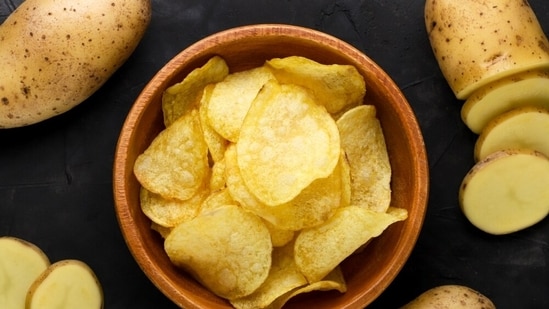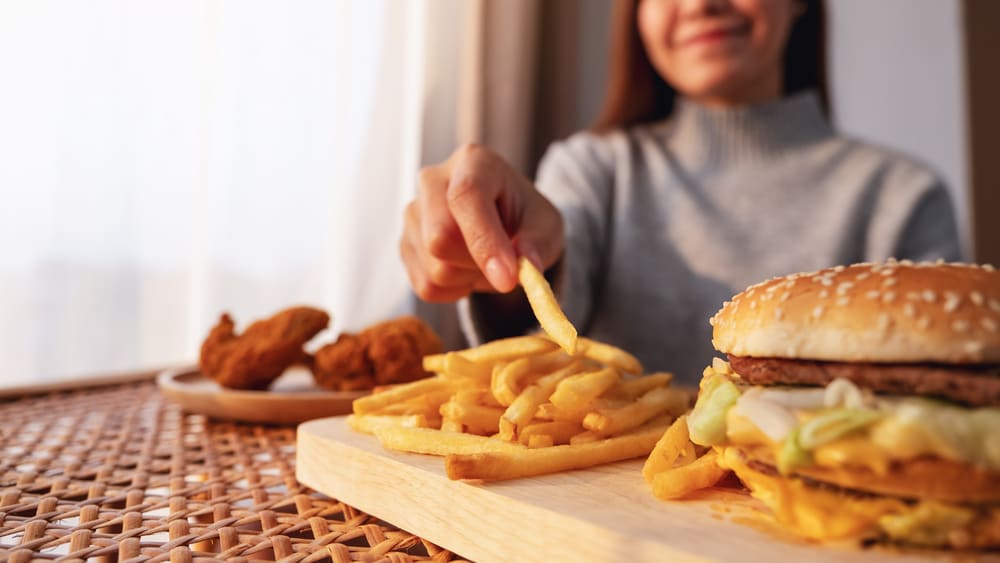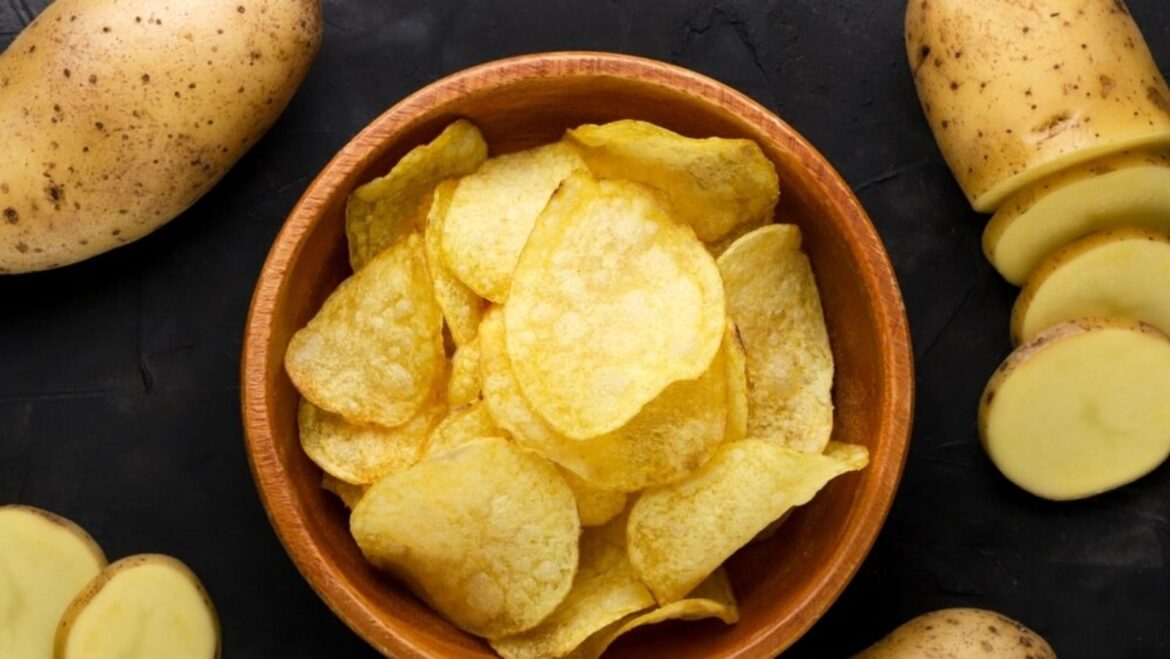Potatoes have quite the fan following when it comes to snacks, with big headliners being potato chips and French fries. Being versatile, potatoes are also a staple in lunch and dinner in different forms, such as mashed potatoes paired with veggies. To understand how potatoes might affect health, especially the risk of developing type 2 diabetes, a recent study published in the British Medical Journal aimed to examine whether different ways of eating potatoes, fried, baked, boiled, or mashed, made any difference.
 Chips may be pleasant for your taste buds, but this addictive food may be slowly shortening your lifespan!(Shutterstock)
Chips may be pleasant for your taste buds, but this addictive food may be slowly shortening your lifespan!(Shutterstock)
ALSO READ: Can people with type 2 diabetes eat mango? Study says yes, if done this way
What did the study find?  French fries are very common. Every fast food chain includes it in their meal packs. (Shutterstock)
French fries are very common. Every fast food chain includes it in their meal packs. (Shutterstock)
Let’s go one by one through each of the potato cooking styles and how they may increase diabetes risks. Baked, boiled, and mashed ways of eating potatoes have the lowest risk factor compared to fried. The study’s findings rounded up the likelihood to only a 5% increase.
But the most concerning are the fried potatoes, both French fries and potato chips, which, when eaten three times a week, increase type 2 diabetes risk by a whopping 20%, and if eaten five times a week, by 27%.
The study also recommended that if you reduce your potato intake, the likelihood of getting diabetes goes down. The researchers suggested swapping potatoes with better carbs like whole grains, including brown rice and wholemeal pasta. This reduced the risk by 8 per cent. Specifically with French fries, if you eliminate them, the risk drops by 19 per cent.
But again, the researchers cautioned against the kind of carb you are switching to, as white rice didn’t help much, and instead backfires and defeats the purpose of the entire swap, as white rice is high on the glycemic index and increases the risk of sugar spike after eating.
What does it mean?  Children are one of the vulnerable groups because they are frequently given potato chips as snacks.(Shutterstock)
Children are one of the vulnerable groups because they are frequently given potato chips as snacks.(Shutterstock)
So what are the implications of the study’s findings? On a regular basis, the fried format of potato is more popular, whether it’s parents pacifying their kids with a bag of chips or a burnt-out employee ordering takeaway fast food meal packs, which include staples like fried potatoes and burgers. They are so common that the consumption of fried potatoes is seen in every other household. It is alarming, given how the study associated the consumption with diabetes risk by almost twenty per cent. But how you prepare potatoes, whether by baking or boiling, can still make them relatively healthier.
However, since potatoes are a heavy carb and high on the glycemic index, the researchers reiterated the importance of choosing smarter carbs instead. The quality of carbs matters for both energy levels and preventing blood sugar spikes.
Note to readers: This article is for informational purposes only and not a substitute for professional medical advice. Always seek the advice of your doctor with any questions about a medical condition.


Dining and Cooking